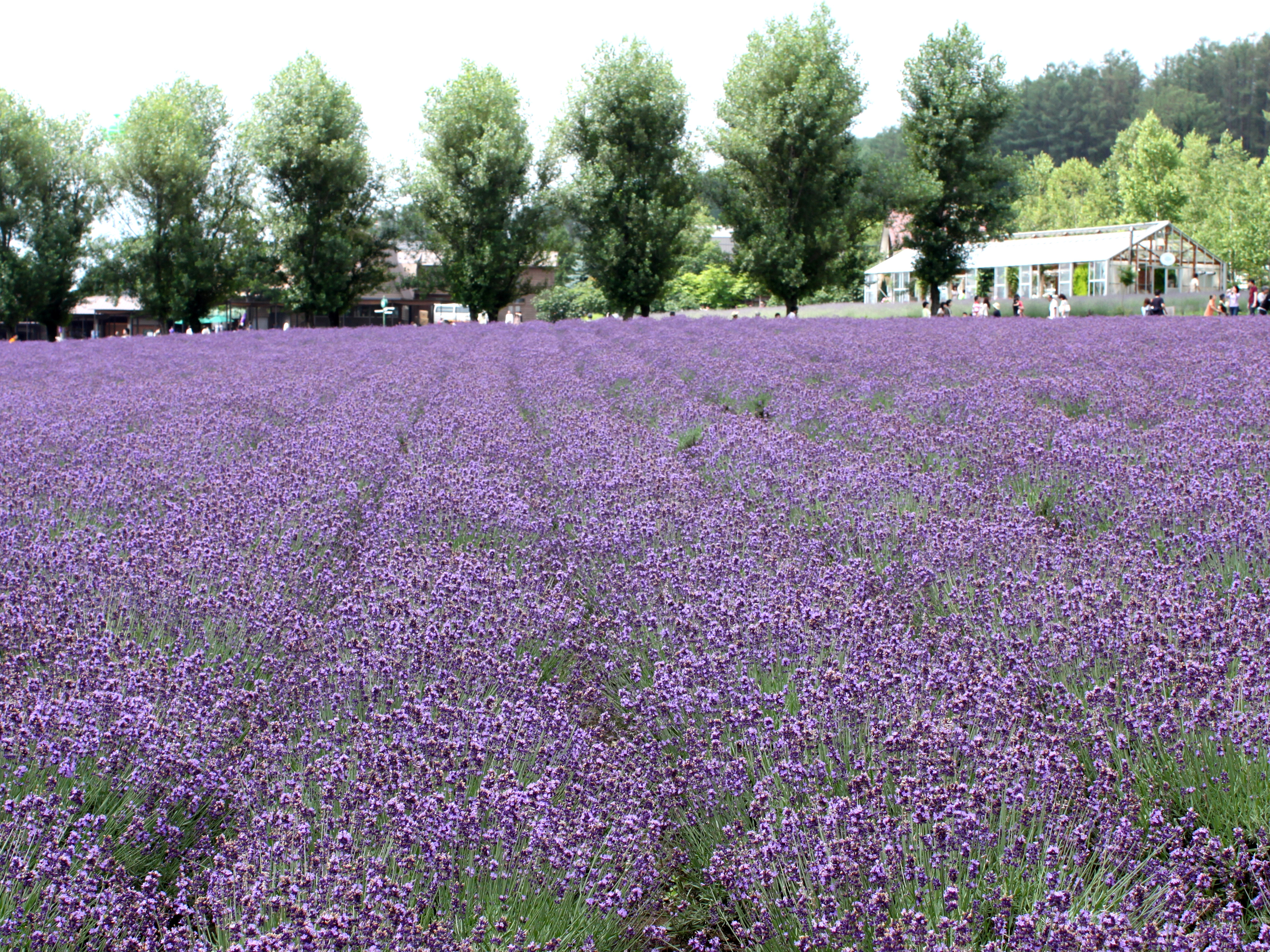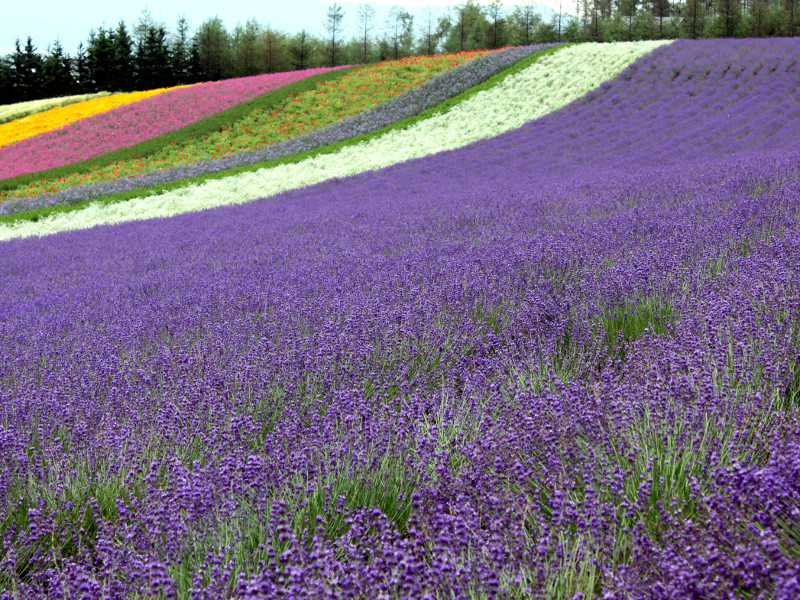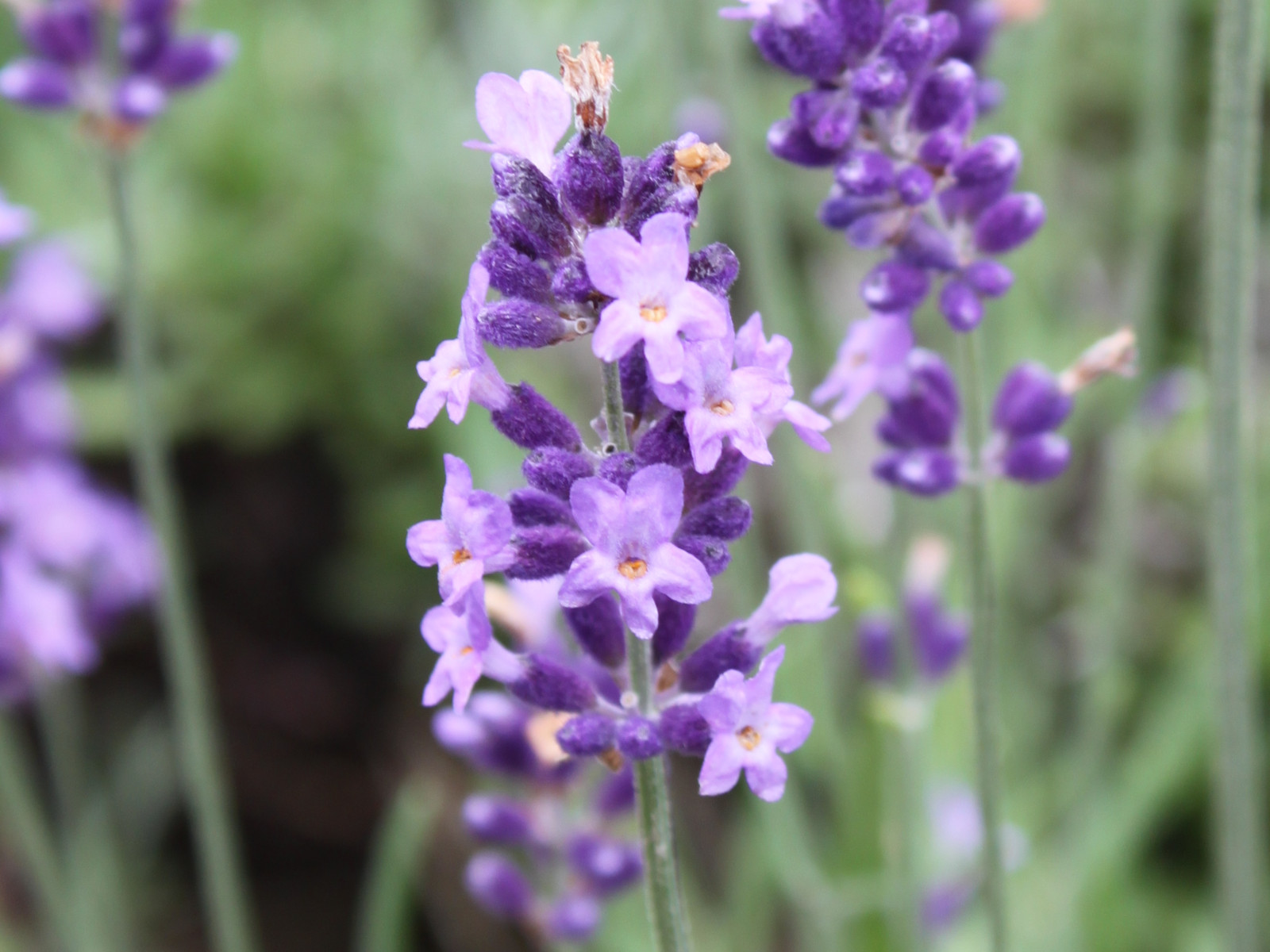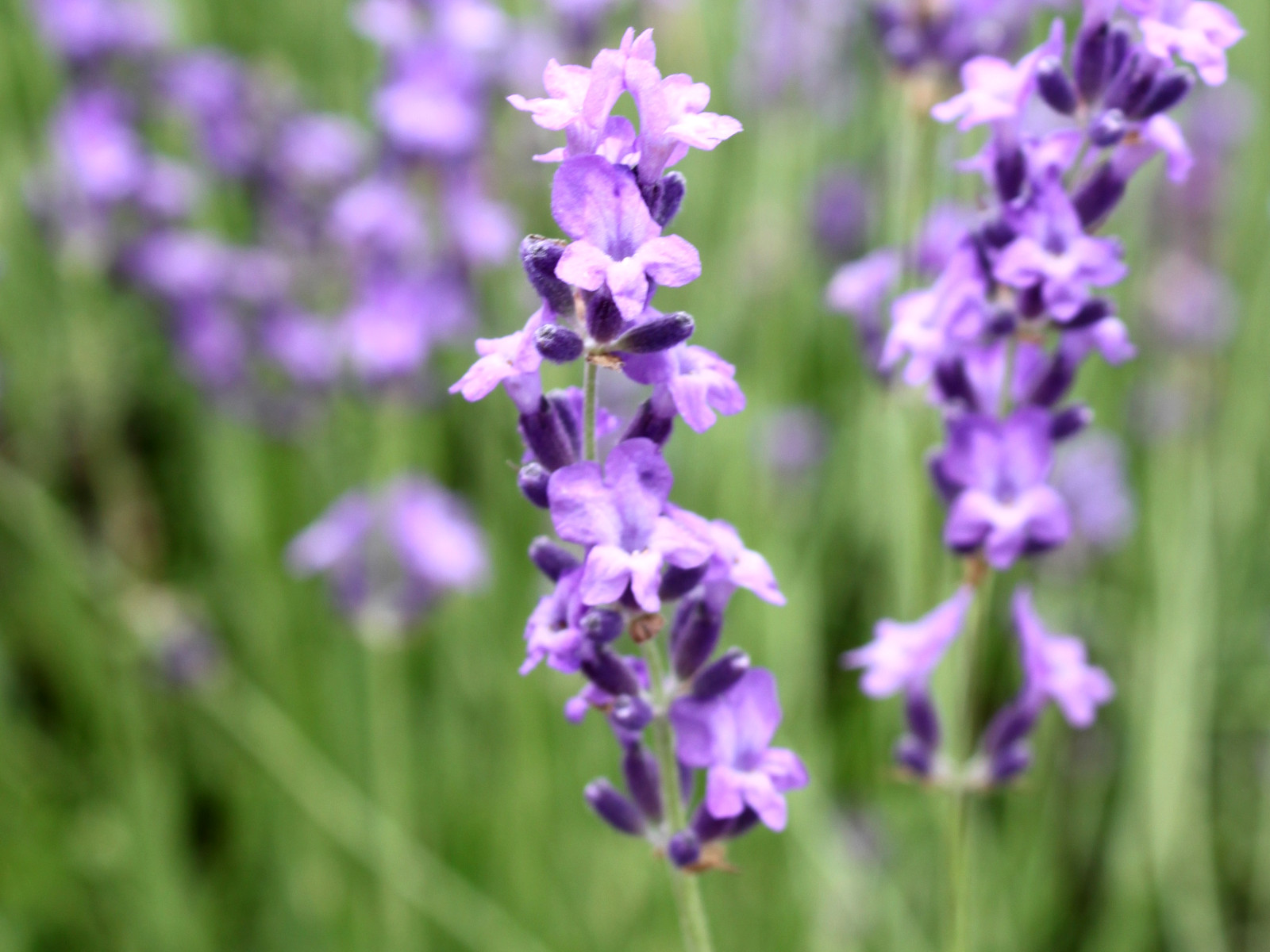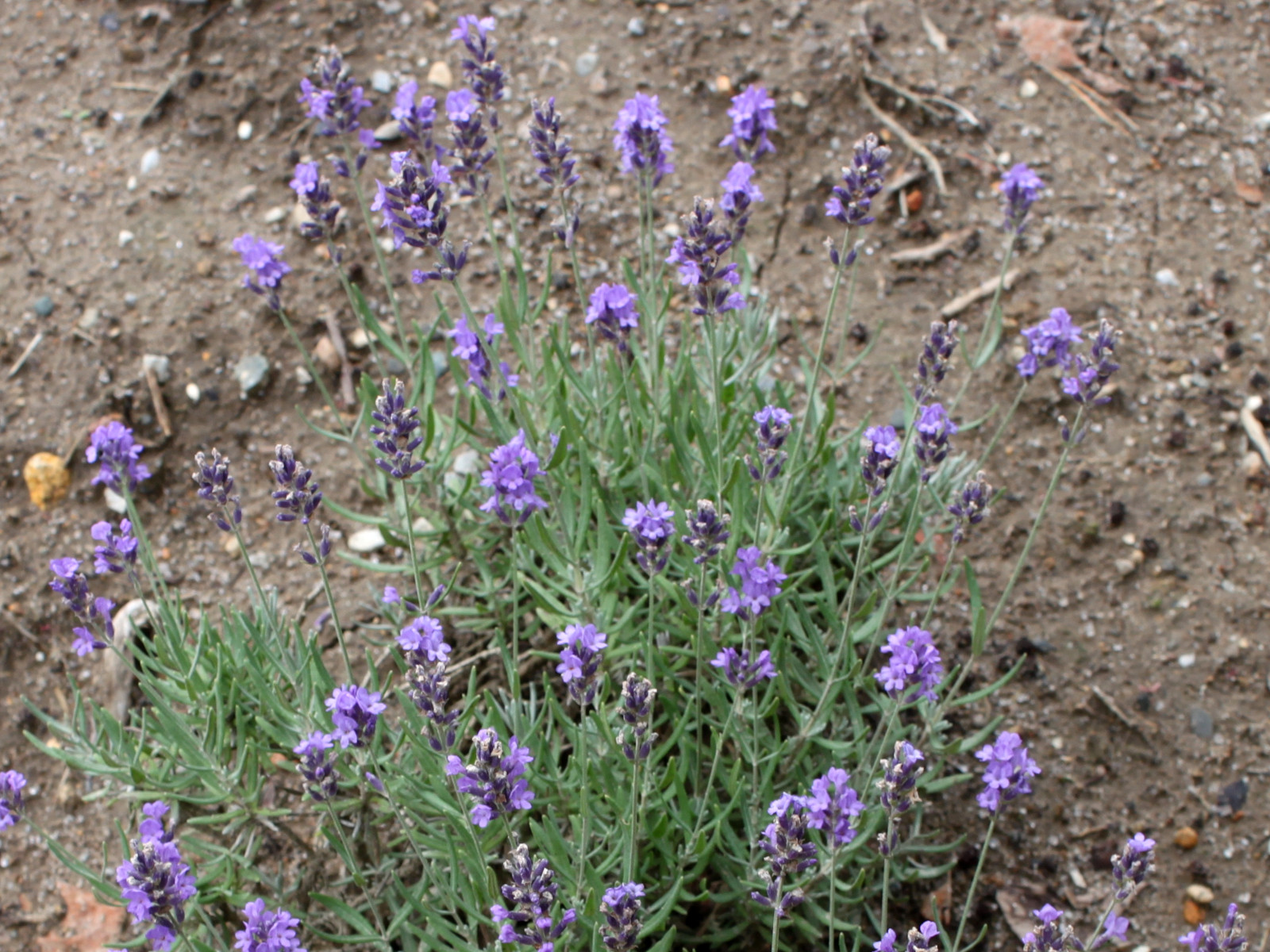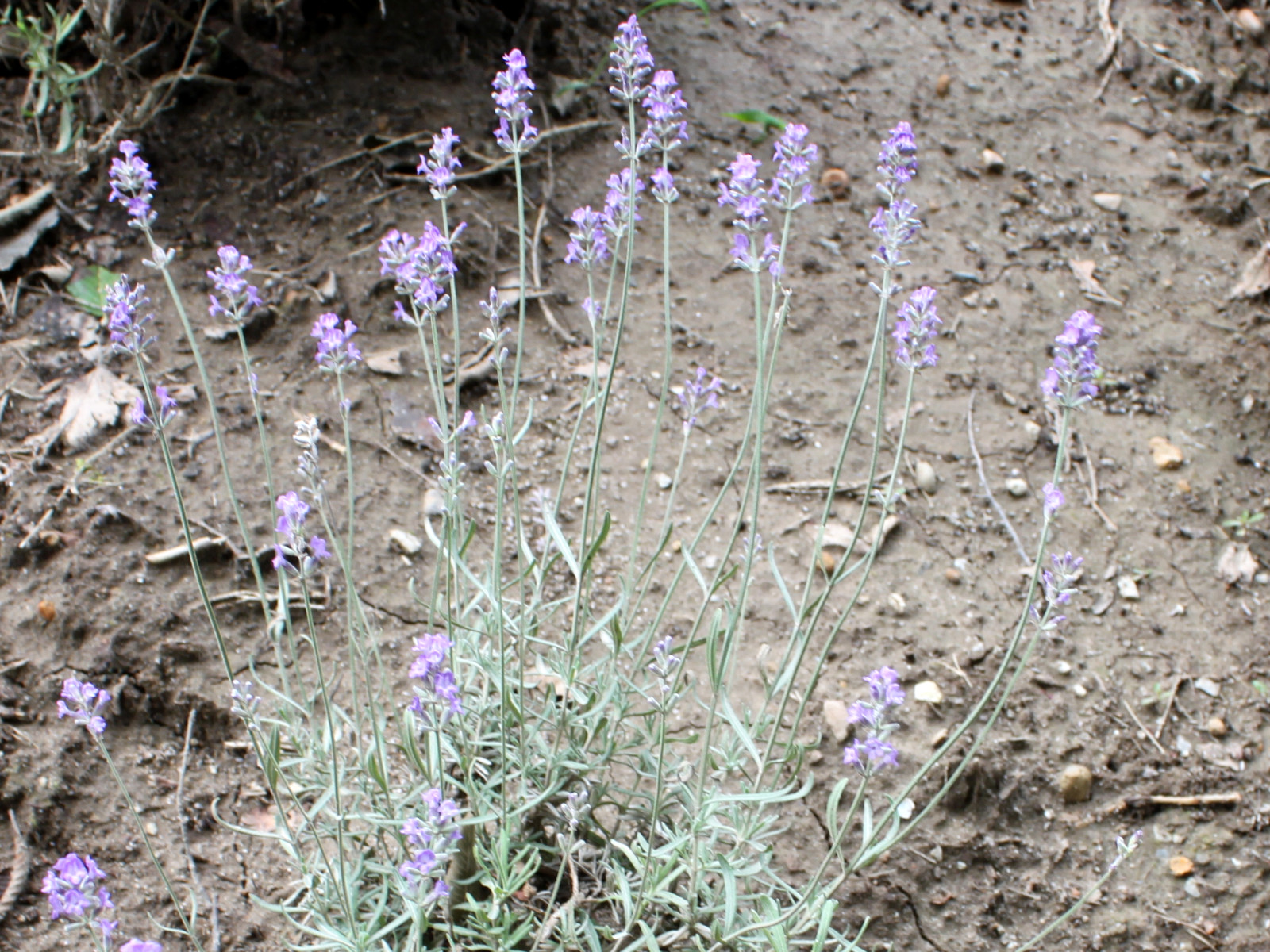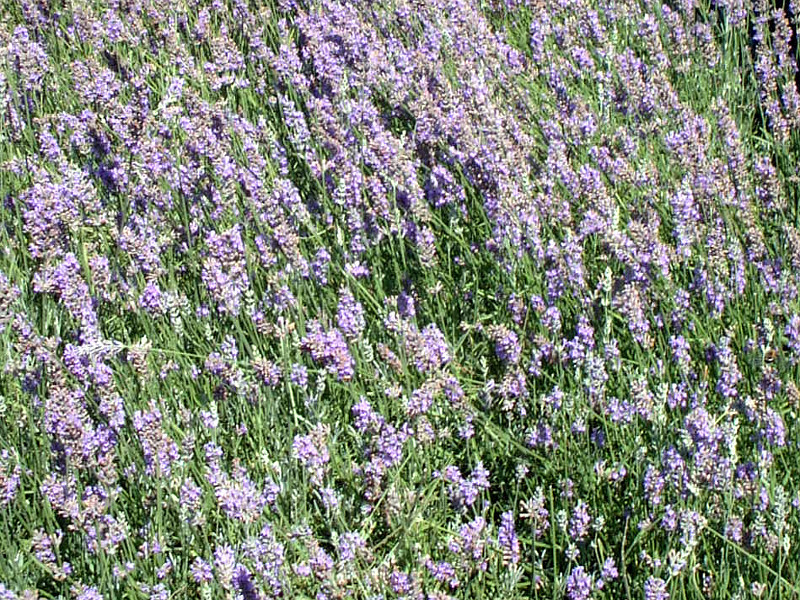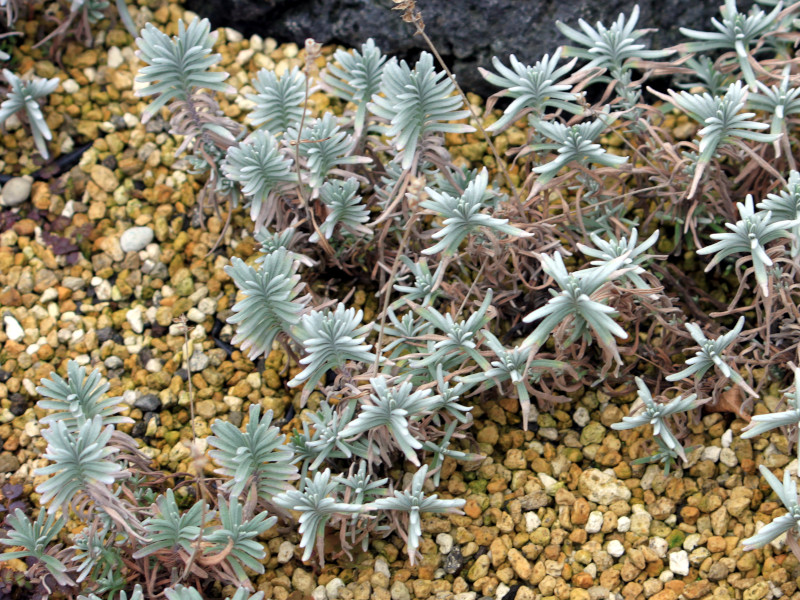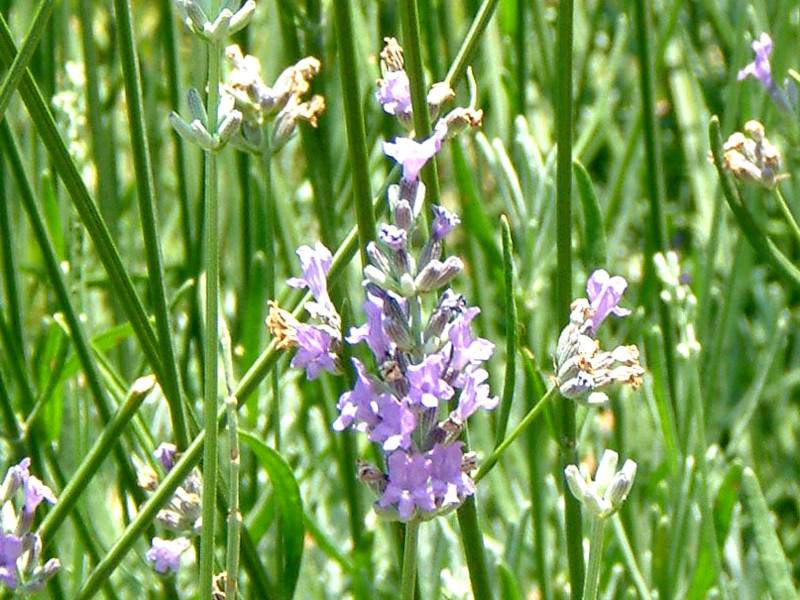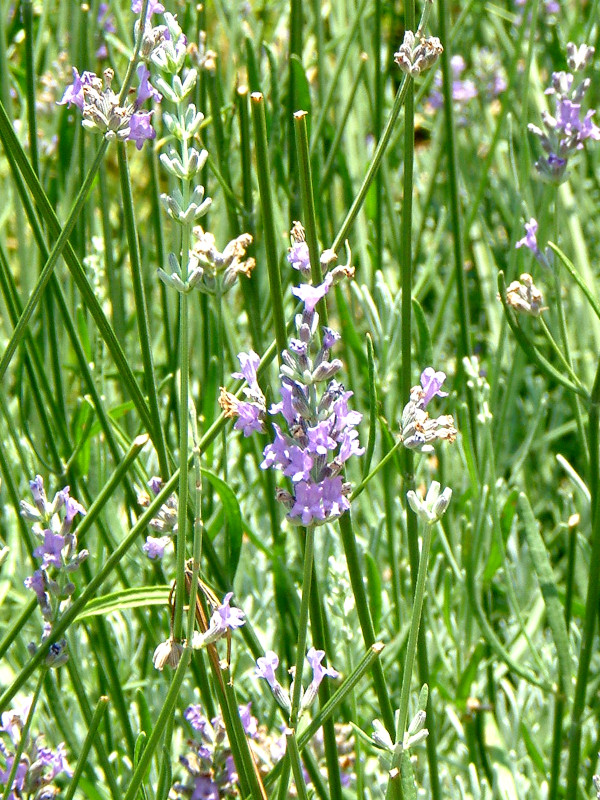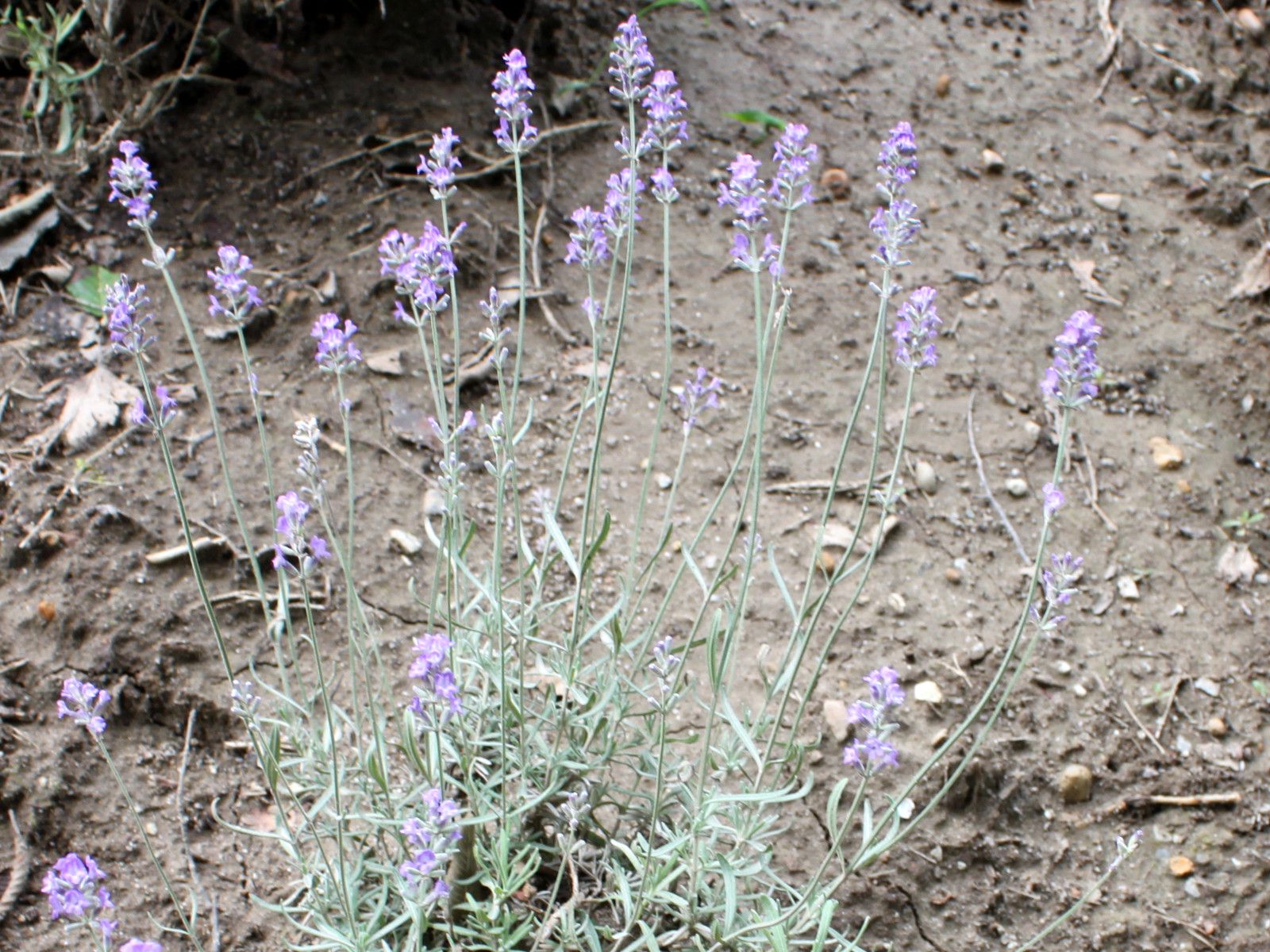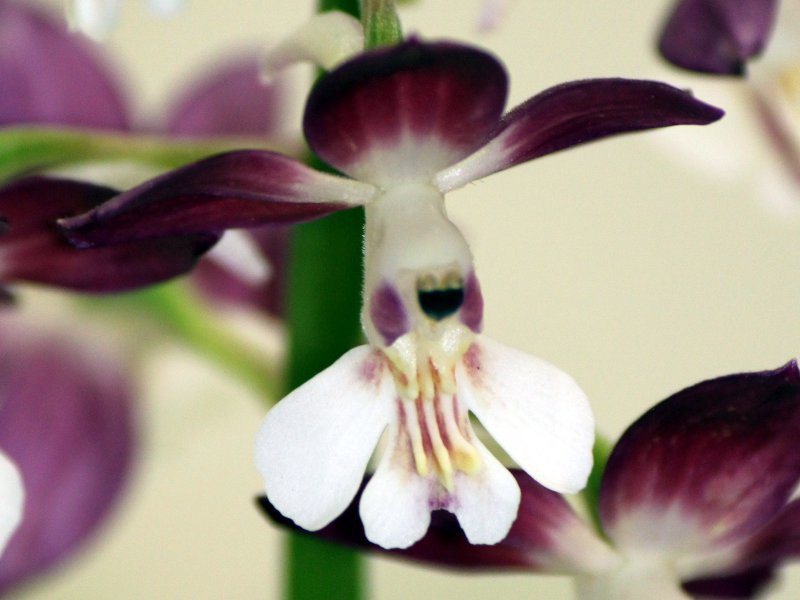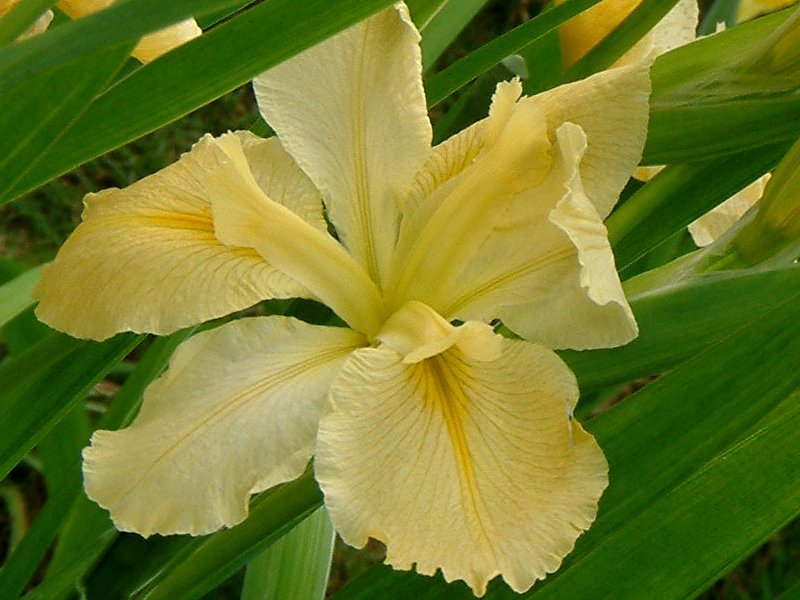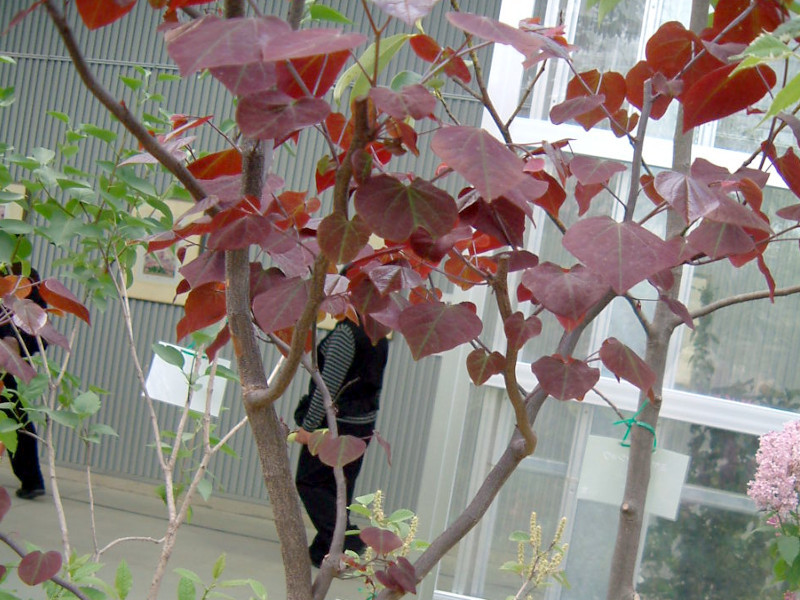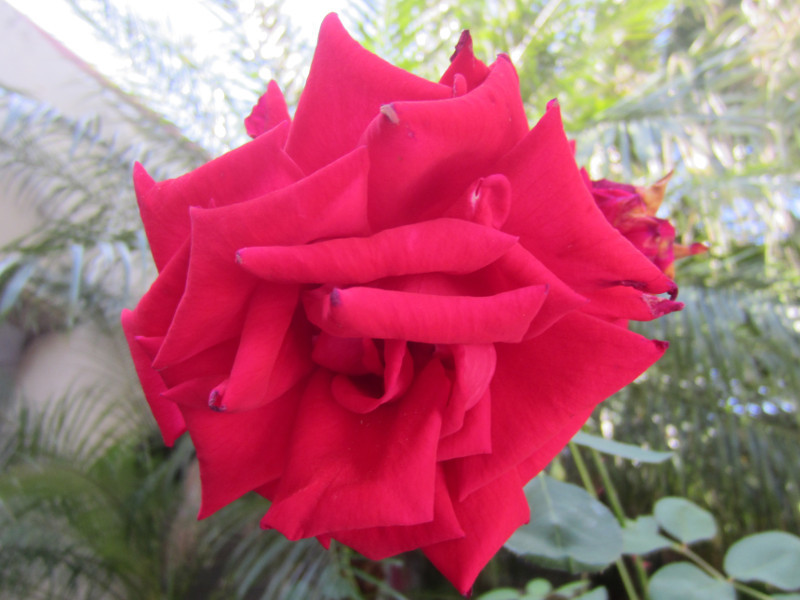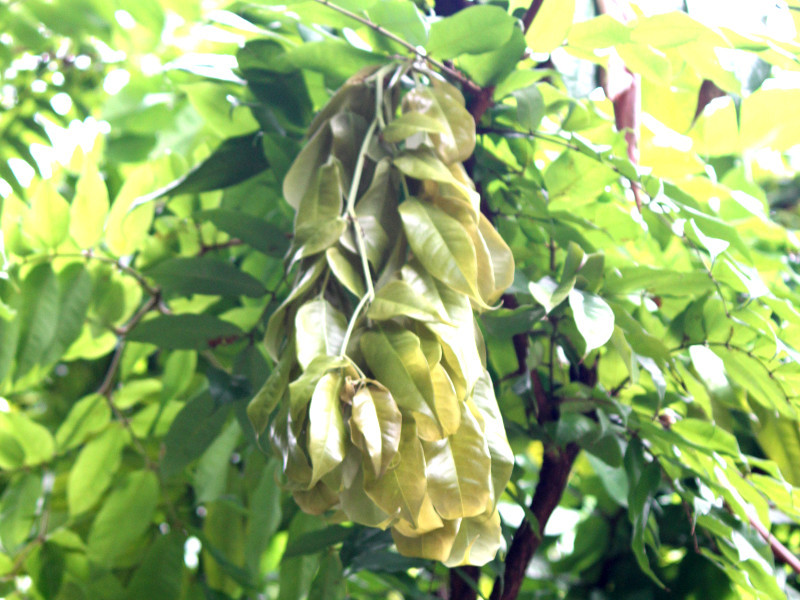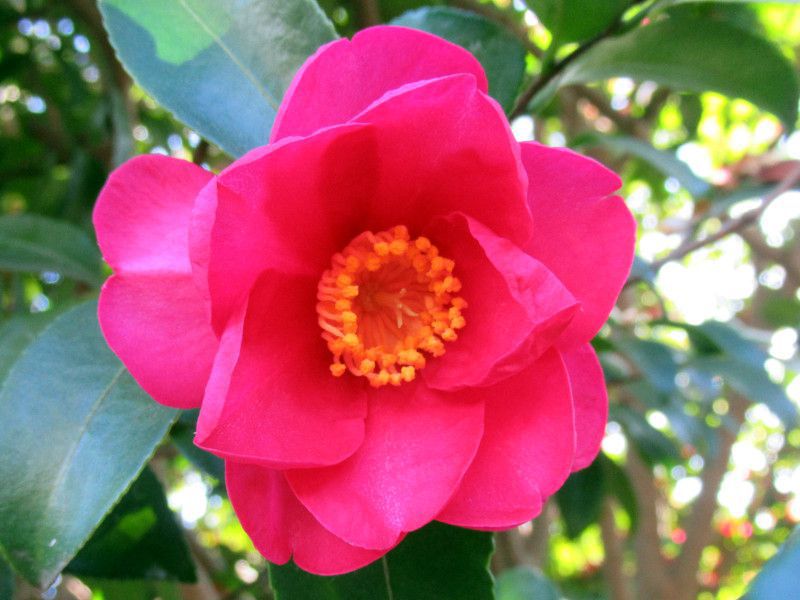English Lavender
- Flower nameEnglish Lavender
- Scientific nameLavandula angustifolia
- Aliasイングリッシュラベンダー, ラベンダー・アングスティフォリア, Lavender angustifolia, ラバンデュラ・アングスティフォリア, ラベンダー, Lavender, True lavender, コモン・ラベンダー, English lavender
- Place of originThe Mediterranean and Western Asia, India
- Place of floweringGarden, Botanical Gardens, Park
- Flowering seasonMay, June, July, August
- Language of flowersExpectation
What is English Lavender
Differences Between Lavender and Salvia
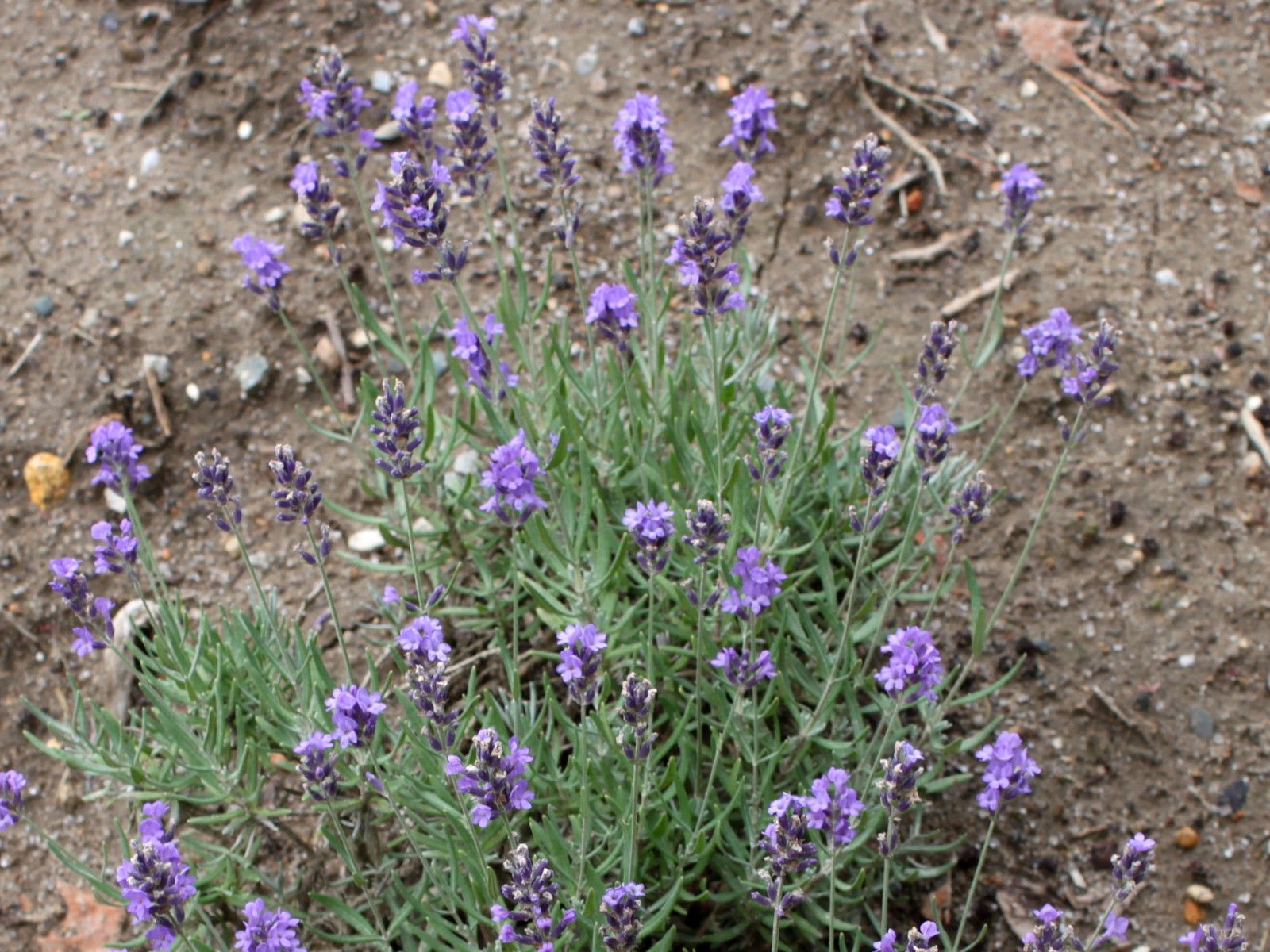
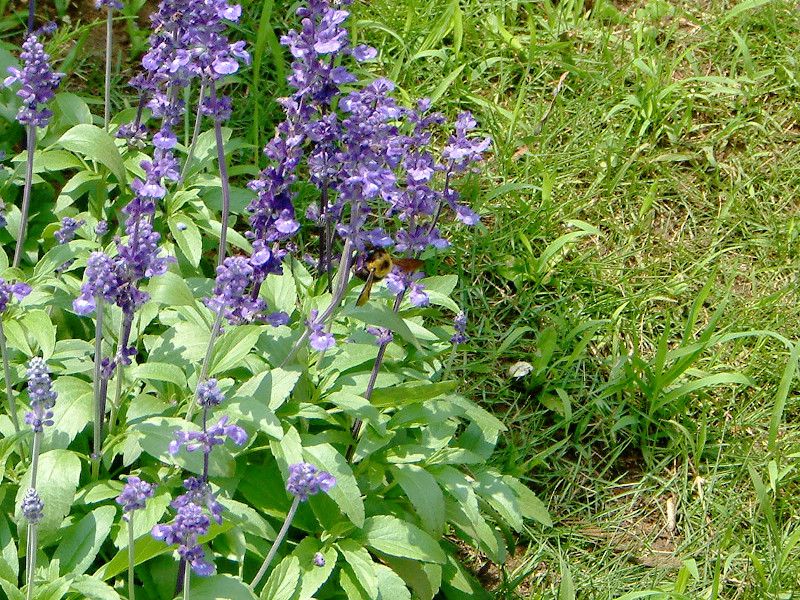
Left: Lavender has narrow leaves, Right: Blue Salvia has broad leaves.
Lavender and blue salvia belong to the same mint family (Lamiaceae) and look similar. However, lavender has narrow, gray-green, fragrant leaves, while salvia has broad, green, non-fragrant leaves.
English lavender is a representative variety of lavender and is also used as an edible flower.
English lavender (scientific name: Lavandula angustifolia) is a semi-hardy dwarf shrub native to regions from the Mediterranean coast to India and other parts of Western Asia. It is a well-known herb belonging to the genus Lavandula in the mint family.
Other names include lavender, common lavender, true lavender, Lavandula angustifolia, and Tasmanian lavender.
Since ancient Roman times, it has been used in baths for its fragrance and therapeutic effects.
It blooms from spring to summer and is enjoyed for its fragrance, as cut flowers, or in pots.
The plant height ranges from 30 to 130 cm.
The leaves are green, linear, and arranged oppositely or in whorls.
From May to August, it produces a 5 cm tall spike inflorescence from the flower stalks, with about 10 to 20 small blue-purple, lip-shaped flowers per inflorescence.
Essential oils are extracted from the flower spikes.
Among lavenders, this English lavender is especially cold-resistant, rich in medicinal components, and has a deep fragrance, making it a must-have in English gardens.
It is slightly sensitive to heat and humidity, so in Japan it should be placed in a well-ventilated location.
Its long flower stalks make it ideal for dried flowers and wreaths.
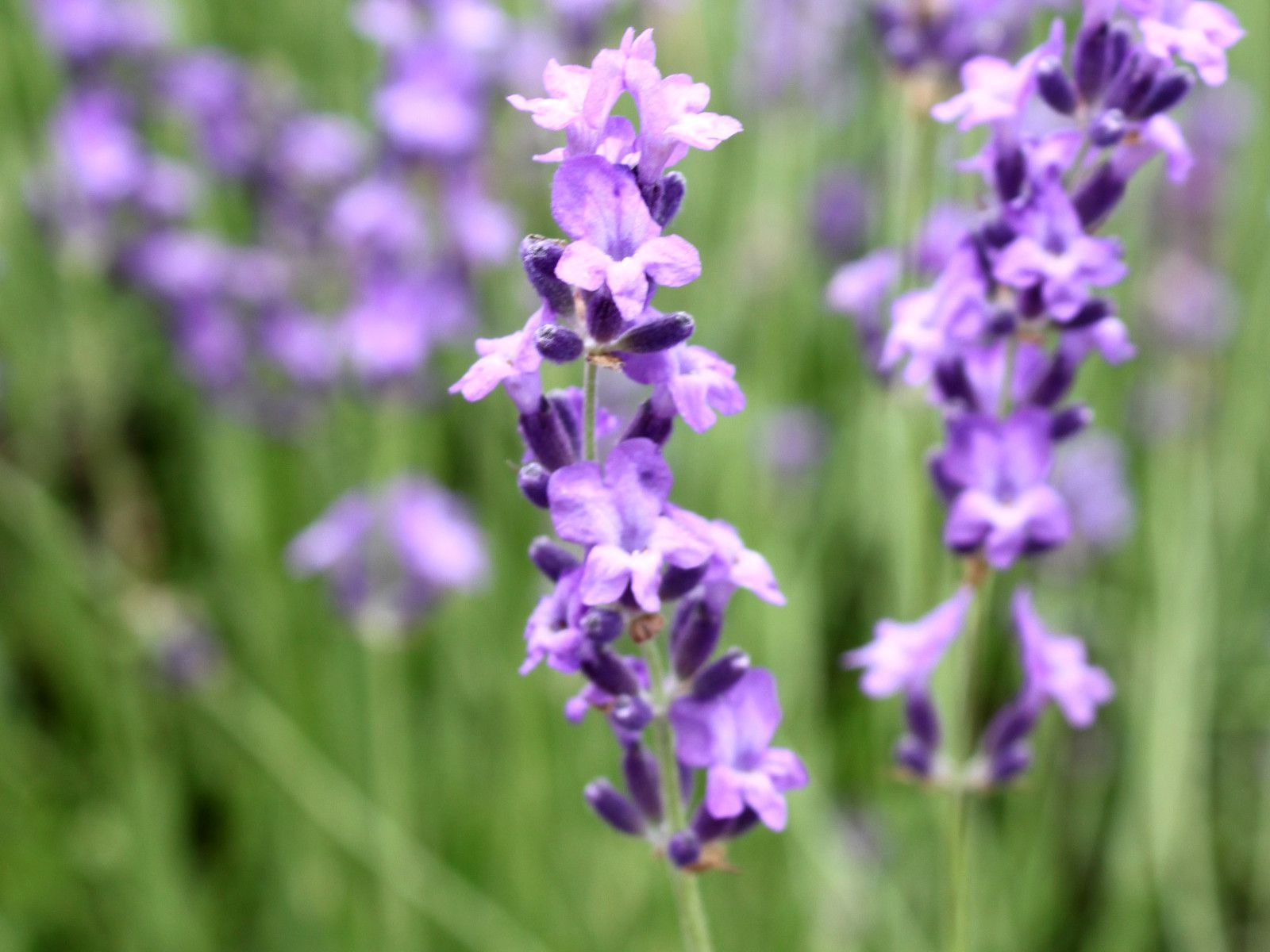
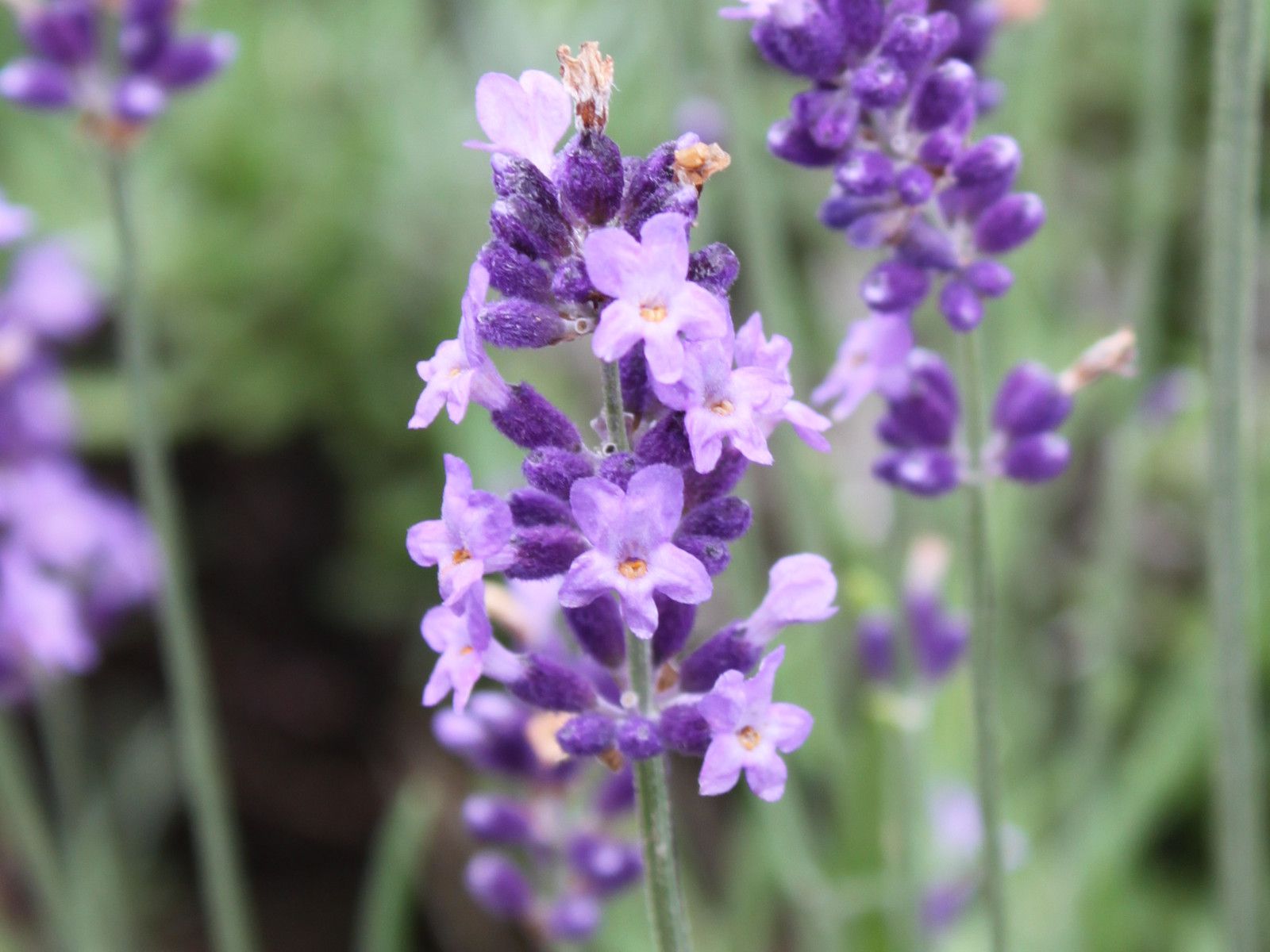
Left: Okamurasaki Right: Noushi-murasaki
Among English-type garden cultivars are “Okamurasaki,” “Noushi-murasaki,” “Hanamoiwa,” and “Youtei,” bred at Farm Tomita.
In addition to the English types, many cultivars of lavandin and French lavenders are grown, including numerous hybrids.
Etymology of the Flower Name
Lavandula means “to wash.”
Language of Flowers
"Expectation"
Common name: English lavender
Scientific name: Lavandula angustifolia
Other names: Lavender, common lavender, true lavender, Lavandula angustifolia, Tasmanian lavender
Classification: Kingdom Plantae, Monocotyledons, Order Lamiales, Family Lamiaceae, Genus Lavandula, Species angustifolia
Origin: Mediterranean to Western Asia including India
Plant height: 30–130 cm
Growth form: Semi-hardy dwarf shrub, herb
Leaf color: Green
Leaf shape: Linear
Leaf arrangement: Opposite or whorled
Blooming season: May to August
Inflorescence type: Spike
Flower color: Blue-purple
Inflorescence height: 5 cm
Flower diameter: 1 cm
Essential oils are extracted from the flower spikes.
Related Pages
English lavender (Lavandula angustifolia)
Feature: Edible Flowers
Feature: Lavender

